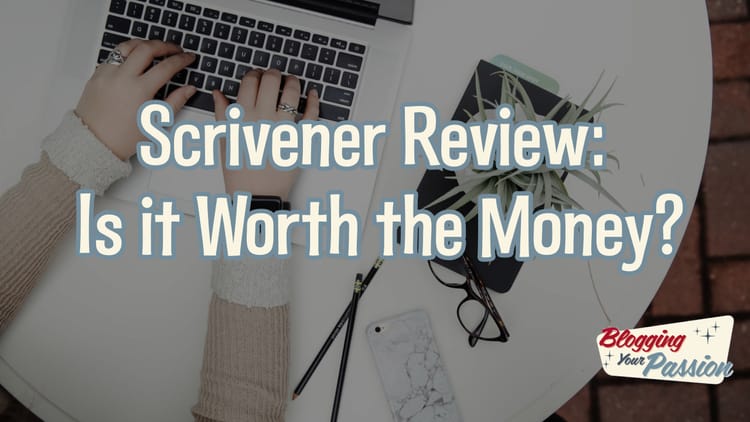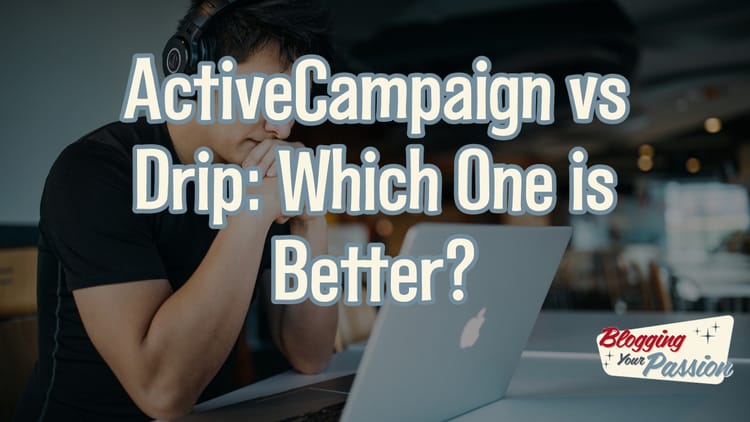Best Camera for Food Photography Blogging (2024)
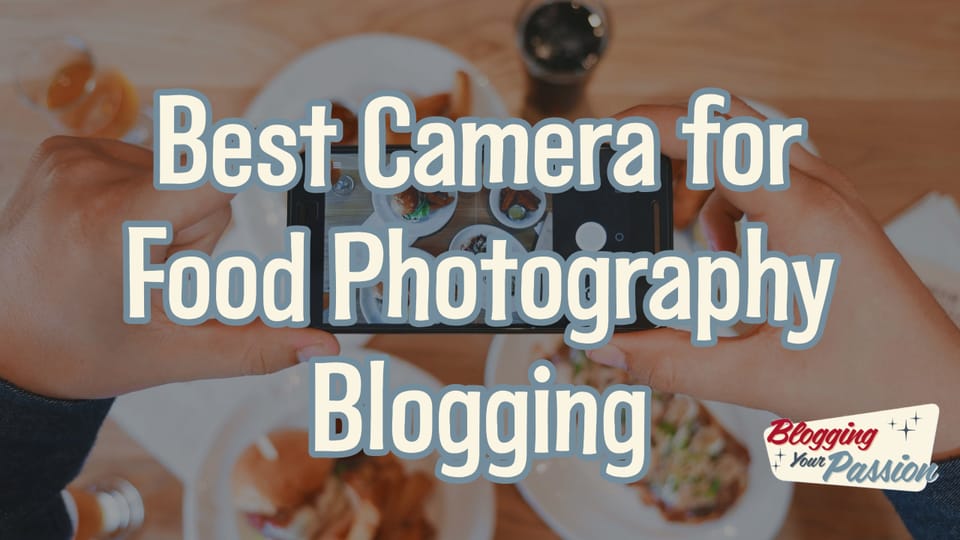
Are you a food blogger looking to capture mouth-watering images that will make your audience crave every bite? Look no further!
We've got the ultimate guide to finding the best camera for your food blogging journey. From sensor size options to lenses that will give your dishes the perfect perspective, we'll walk you through everything you need to know.
Plus, we'll share some helpful additional features and best practices to take your food photography to the next level.
So, get ready to make your dishes look irresistible and create a sense of belonging for your audience!
Table of Contents (click to expand)
Key Takeaways
- For food blogging, the best camera recommendations would be the Canon EOS Rebel T7i or the Sony Alpha a6400.
- Other cameras like the Nikon D Mark IV, Fujifilm X-T, and Sony ZV- II are also excellent options.
- Full-frame sensors offer superior image quality and low-light performance.
- Prime lenses produce sharper and more detailed images.
- Wide aperture lenses create a shallow depth of field and beautiful background blur.
Using the right camera helps capture mouthwatering food shots and establish a strong connection with the audience.
Key Camera Components for Food Photos

When taking food photos, it's important to consider the key components of the camera. To capture the best images for your food photography, investing in the right equipment is essential.
The first thing you need to consider is getting the best camera for your needs. A full-frame camera is highly recommended as it provides superior image quality and allows more light to enter the sensor, resulting in vibrant and detailed food photos.
The focal length of the camera lens plays a significant role in food photography. Opt for a lens with a focal length between 50mm and 100mm to capture close-up shots and highlight the fine details of the dishes.
Sensor Size Options
When it comes to sensor size options for cameras, there are three main choices to consider: full frame sensors, APS-C sensors, and micro four-thirds sensors.
Full frame sensors are larger and offer better low light performance and dynamic range, making them ideal for professional photographers.
APS-C sensors are smaller and more affordable, making them a popular choice for enthusiasts and beginners.
Lastly, micro four-thirds sensors are even smaller, making cameras more compact and lightweight, perfect for travel and street photography.
Full Frame Sensors
The best camera for food blogging would be one with a full-frame sensor. As a professional food photographer, you want your photos to be crisp, detailed, and visually appealing.
A full-frame camera offers a larger sensor size compared to a crop sensor camera. This means it can capture more light and produce higher image quality, especially in low-light situations. With a full-frame sensor, your food photos will have greater depth of field and better overall image quality.
DSLR cameras with full-frame sensors are widely used by professional photographers for their exceptional performance and versatility. Investing in a full-frame camera will elevate your food blogging game and help you create stunning, professional-looking images that will make your audience crave every dish you capture.
APS-C Sensors
If you're looking to capture high-quality images with better depth of field, an APS-C sensor camera is a great option.
With its cropped sensor and high resolution, it allows you to capture stunning details and vibrant colors in your food photography.
Whether you're a beginner or on a budget, an APS-C sensor camera can be the best budget camera for your food blogging journey.
It gives you the flexibility to experiment with different angles and compositions, ensuring that every dish looks appetizing and inviting.
When paired with a kit lens, this camera can deliver impressive results without breaking the bank.
Micro Four-Thirds Sensors
Don't overlook the versatility of a camera with a micro four-thirds sensor; it's compact size and impressive image quality make it an ideal choice for capturing a wide range of subjects.
With the Panasonic Lumix S, you can take your food blogging to the next level. Here's why:
- Micro Four-Thirds Sensors: These sensors are designed to deliver exceptional image quality, offering sharp details and vibrant colors for your food photography.
- Compact Camera Body: The smaller size of the camera body makes it easy to carry around, allowing you to capture stunning food shots wherever you go.
- Sensor Size: The micro four-thirds sensor provides a balance between image quality and portability, giving you the best of both worlds.
With the Panasonic Lumix S and its micro four-thirds sensor, you can capture high-quality images of your delicious creations and share them with your audience, creating a sense of belonging and connection.
Lenses for Appetizing Perspectives
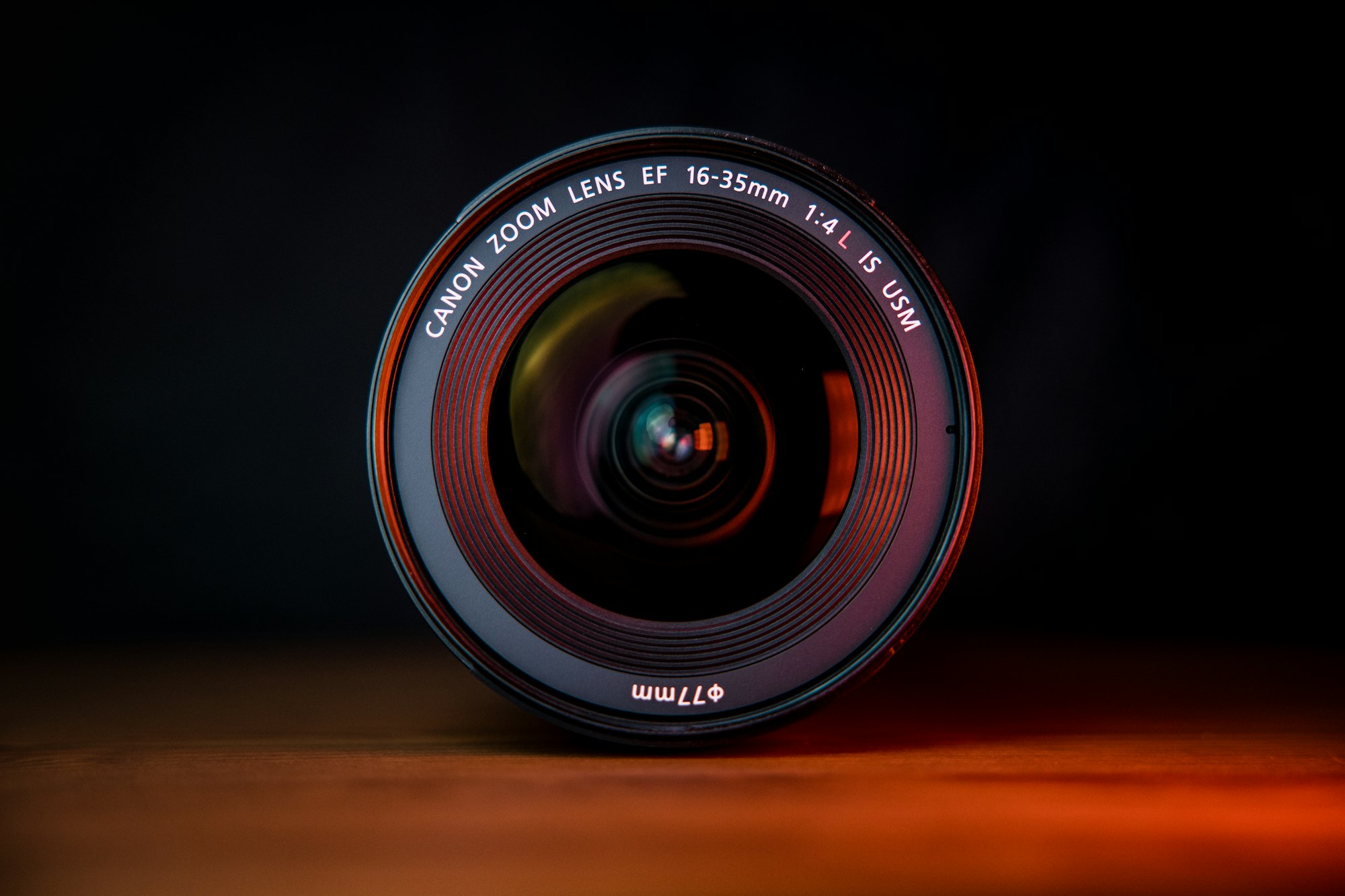
When it comes to capturing appetizing perspectives for your food photography, you have several lens options to consider.
Prime lenses, known for their fixed focal length, offer excellent image quality and wide apertures that allow for beautiful background blur.
Zoom lenses provide versatility, allowing you to quickly adjust your focal length and composition.
Macro lenses are ideal for capturing close-up details of your dishes, highlighting textures and intricate elements.
Wide aperture lenses are perfect for low-light situations, ensuring your photos are well-lit and vibrant.
Lastly, tilt-shift lenses allow you to control perspective and create unique, miniature-like effects in your images.
Prime Lenses
To capture the scrumptious details of your dishes, you'll want to consider prime lenses for your food blogging camera. These lenses are specifically designed to bring out the best in your food photos, allowing you to showcase every mouthwatering detail.
Here are three reasons why prime lenses are a great option for food bloggers:
- Sharper images: Prime lenses have a fixed focal length, which means they can produce sharper and more detailed images compared to zoom lenses. This is essential for capturing the intricate textures and colors of your dishes.
- Wide aperture: With a wide aperture, prime lenses allow you to create a shallow depth of field, making your subject pop and creating that beautiful blurred background effect that professional photographers often use.
- Low-light performance: Prime lenses are known for their excellent low-light performance. This means you can still capture stunning food photos even in dimly lit environments, without sacrificing image quality.
Investing in a prime lens will take your food blogging game to the next level, allowing you to capture the essence of your dishes with precision and artistry.
Zoom Lenses
Now that you know about prime lenses, let's talk about zoom lenses, which are another great option for food photographers like yourself. Zoom lenses offer versatility and flexibility, allowing you to adjust the focal length to capture a wide variety of shots.
With a zoom lens, you can easily zoom in or out to capture close-up details or wide-angle shots of your delicious dishes.
When it comes to digital cameras, many models come with a zoom lens included, making them a convenient choice for those looking to upgrade or invest in a new camera.
One popular zoom lens option is the 24-70mm lens, which covers a range of focal lengths and is perfect for capturing stunning food shots.
Macro Lenses
If you want to capture incredible close-up shots of your mouthwatering dishes, a macro lens is a fantastic option for you. With a macro lens, you can bring out the tiniest details and textures of your food, making it look even more tempting and enticing.
Here are three reasons why a macro lens is a must-have for your food camera:
- Unmatched Close-Up Precision: A macro lens allows you to get as close as possible to your subject, ensuring that every little detail is captured in sharp focus.
- Fixed Lens Convenience: Unlike zoom lenses, which can be bulky and cumbersome, a macro lens is typically a fixed focal length lens. This makes it lightweight and easy to carry around, perfect for food bloggers on the go.
- Manual Focusing Control: With a macro lens, you have full control over the focusing process. This allows you to fine-tune the focus and create stunning images with a pleasing depth of field.
Wide Aperture Lenses
A wide aperture lens allows you to achieve a shallow depth of field, resulting in stunning bokeh effects in your food photography. With wide aperture lenses, you can create professional-looking images that will make your food blog stand out from the rest.
These lenses are a must-have in your camera bag if you want to capture the details and textures of your culinary creations. Whether you're shooting in natural light or using artificial lighting, the wide aperture will help you achieve that dreamy, blurred background that makes your food pop.
Tilt-Shift Lenses
Don't forget to experiment with tilt-shift lenses to add a unique perspective to your food blogging photography. These lenses are a fantastic tool for capturing stunning images that will make your audience crave every bite.
With their ability to create a narrow depth of field and shift the plane of focus, tilt-shift lenses allow you to highlight specific elements in your frame while blurring out distractions.
Here are three reasons why you should consider using tilt-shift lenses for your camera:
- Creative Composition: Tilt-shift lenses enable you to create interesting compositions by tilting the lens to change the perspective and shift the focus plane.
- Miniature Effect: By using the tilt function, you can create a 'miniature' effect, making your food subjects appear like tiny toys in a diorama.
- Sharpness and Detail: Tilt-shift lenses produce incredibly sharp and detailed images, ensuring that every food texture and detail is captured with precision.
Whether you're using a Nikon Z or a Canon R, adding tilt-shift lenses to your photography arsenal will give your food blogging a distinct and captivating look. So go ahead, experiment, and let your creativity flow!
Helpful Additional Features
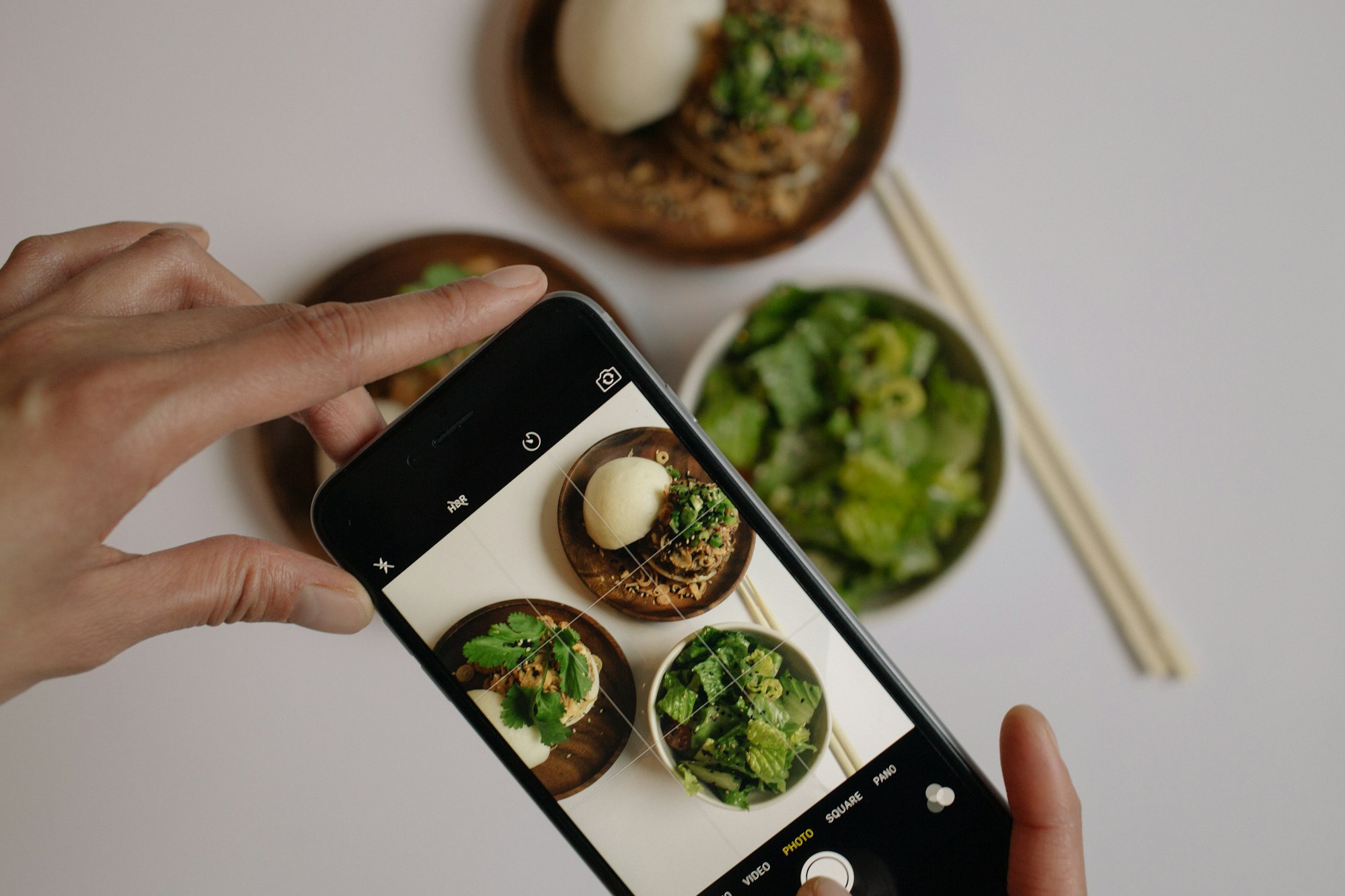
When it comes to capturing the perfect shot for your food blog, there are several additional features to consider in a camera.
First, a wide ISO range will allow you to shoot in various lighting conditions, ensuring your images come out crisp and vibrant.
Second, having manual shooting modes gives you full control over the exposure, allowing you to experiment with different settings to achieve the desired look.
Lastly, an articulating screen can be a game-changer, as it allows you to easily frame your shots from different angles, especially when shooting overhead or at awkward angles.
Advanced autofocus capabilities and the ability to shoot in RAW file format will further enhance the quality and flexibility of your food photography.
ISO Range
You'll want to look for a camera with a wide ISO range to capture all the details in your food photographs. The ISO range determines the camera's sensitivity to light, so a wider range will allow you to shoot in different lighting conditions without sacrificing image quality.
Here are some reasons why a wide ISO range is important for food blogging:
- Flexible shooting: A wide ISO range lets you adjust the camera's sensitivity to match the lighting conditions. Whether you're shooting in dimly lit restaurants or bright natural light, you can capture the perfect shot.
- Fast shutter speed: With a wide ISO range, you can use faster shutter speeds to freeze motion and capture crisp, clear images of your food.
- Better image quality: Higher ISO settings can introduce noise in your photos, but cameras with a wide ISO range can handle this better, resulting in cleaner and more professional-looking images.
When shooting food, it's crucial to have a camera that can handle different lighting conditions and deliver high-quality images.
Manual Shooting Modes
Using manual shooting modes gives you full control over the exposure settings of your camera, allowing you to achieve the desired effect in your food photographs. When it comes to food blogging, having the right camera is essential.
With the manual shooting modes, you can adjust the aperture, shutter speed, and ISO to capture the perfect shot.
Whether you want to create a shallow depth of field to focus on a specific ingredient or showcase the entire dish with a wide depth of field, manual shooting modes give you the flexibility to achieve your vision.
These modes allow you to control the exposure, ensuring that your photos are well-lit and vibrant. So, when selecting the best camera for food blogging, make sure it offers manual shooting modes to elevate your photography skills and capture stunning images that will make your audience crave the food you share.
RAW File Formatting
Now that you've learned about manual shooting modes, let's move on to another important aspect of food blogging: RAW file formatting.
Shooting in RAW format allows you to capture all the details and colors of your delicious dishes, giving you more flexibility during the editing process.
Here are a few reasons why using RAW format is essential for food bloggers:
- Greater control: RAW files contain more image data, allowing you to make precise adjustments without sacrificing quality.
- Enhanced colors: RAW format preserves the true colors of your food, making it look even more appetizing.
- Editing freedom: RAW files can be easily edited using software like Adobe Lightroom or Capture One, giving you the ability to fine-tune every aspect of your images.
When choosing the best mirrorless camera for food blogging, look for features like focus peaking for sharp images, built-in Wi-Fi for seamless sharing on social media platforms, and support for shooting in RAW format.
Articulating Screens
To get the perfect shot, make sure the camera you choose has an articulating screen for easy framing and composition. Having an articulating screen can be a game-changer for food blogging.
It allows you to see exactly what your shot will look like before you press the shutter button. This feature is especially useful when shooting overhead shots or capturing intricate details of your culinary creations.
Look for a camera with a compact design and a touch screen for added convenience. Not only will it make navigating through menus and settings a breeze, but it will also make adjusting your focus and exposure a lot easier.
Consider a camera with video recording capabilities and Bluetooth connectivity. This way, you can easily share your delicious content with your audience.
Autofocus Capabilities
Having an articulating screen with touch capabilities can greatly enhance your photography experience by allowing you to easily adjust your focus and exposure.
When it comes to food blogging, having a camera with excellent autofocus capabilities is essential. Here's why:
- Capture mouthwatering details: With a camera that has advanced autofocus capabilities, you'll be able to focus on the delicious details of the food you're capturing. From the intricate patterns on a cake to the steam rising from a hot dish, every element will be crisp and clear.
- Quick and accurate focusing: Food photography often requires quick and precise focusing, especially when shooting in natural light or capturing fast-moving subjects. A camera with reliable autofocus capabilities will ensure that you never miss a perfect shot.
- Better than smartphone cameras: While smartphone cameras have come a long way, they still can't match the autofocus capabilities of a dedicated shoot camera. Investing in a camera specifically designed for food blogging will take your photography skills to the next level.
Food Photography Best Practices
When it comes to food photography, there are a few key points to keep in mind to capture mouthwatering shots.
First, composition tips can help you arrange your food in an appealing way, such as using the rule of thirds or leading lines.
Styling tricks can elevate your images by adding garnishes or props to enhance the overall presentation.
Composition Tips
One of the most important composition tips for food blogging is to make sure the subject is the focal point of the photo. When taking pictures of your delicious creations, you want to capture the attention of your audience and make them crave your food.
To achieve this, here are some helpful tips:
- Find the perfect angle: Experiment with different angles to find the most flattering perspective for your dish.
- Utilize overhead shots: Overhead shots can give a unique and captivating view of your food, allowing your audience to see all the beautiful details.
- Create balance: Ensure that your composition is well-balanced by placing the main subject off-center and using other elements to fill the frame.
By following these composition tips, your food blogging camera will capture stunning overhead shots and create a mesmerizing visual experience for your followers.
Good photos will not only make your food look irresistible but will also help you establish a strong connection with your audience.
Styling Tricks
To make your dishes more visually appealing, try experimenting with different styling tricks that can enhance the overall presentation.
When it comes to food blogging, good photos are essential to captivate your audience and make them feel a sense of belonging. By using the right camera with advanced features, you can take your food photography to the next level.
One styling trick you can try is using props such as colorful napkins, fresh herbs, or unique serving dishes to add interest to your photos. Another trick is playing with different angles and perspectives to create depth and make your dishes more inviting.
Consider using natural lighting to highlight the vibrant colors of your food. With these styling tricks and the right camera, you can create stunning photos that will leave your audience craving for more.
Post-Processing Software
Using post-processing software is a great way to enhance the colors and overall appearance of your food photos. It allows you to take your pictures from good to great, making them stand out in the competitive world of food blogging. With the right post-processing software, you can make your high-quality pictures look even more amazing and professional.
Here are three reasons why you should consider using post-processing software for your food photography:
- Enhance colors: Post-processing software allows you to adjust the colors of your food photos, making them more vibrant and visually appealing.
- Improve clarity: You can sharpen the details in your images, making the food look even more delicious and enticing.
- Correct imperfections: With post-processing software, you can remove any unwanted elements or blemishes from your photos, ensuring that they look flawless.
Investing in the best camera for food blogging and coupling it with post-processing software will help you create stunning images that will captivate your audience and make them crave the food you share.
Final Camera Recommendations
For food blogging, the best camera recommendations would be the Canon EOS Rebel T7i or the Sony Alpha a6400. These cameras are perfect for capturing mouthwatering food shots that will make your audience crave every bite.
The Canon EOS Rebel T7i offers outstanding image quality and a user-friendly interface, making it a great choice for beginners.
On the other hand, the Sony Alpha a6400 boasts impressive autofocus capabilities, ensuring that every detail of your dish is sharp and clear.
While other cameras like the Nikon D Mark IV, Fujifilm X-T, and Sony ZV- II are also excellent options, the Canon EOS Rebel T7i and Sony Alpha a6400 stand out for their versatility, ease of use, and the stunning results they produce.
Conclusion
So there you have it, the best camera for food blogging!
With the right camera components, sensor size options, and lenses, you can capture appetizing perspectives of your delicious creations.
Don't forget to make use of helpful additional features to enhance your food photography.
And always remember to follow food photography best practices to ensure your photos look their best.
With these recommendations, you'll be well-equipped to take your food blogging to the next level!



